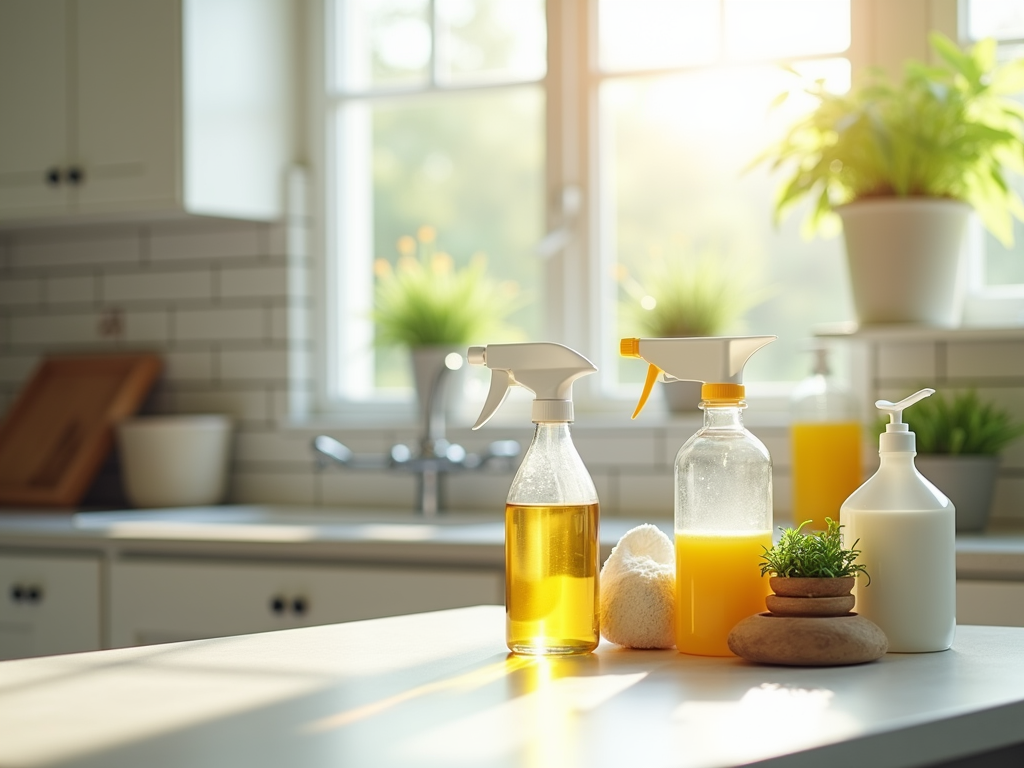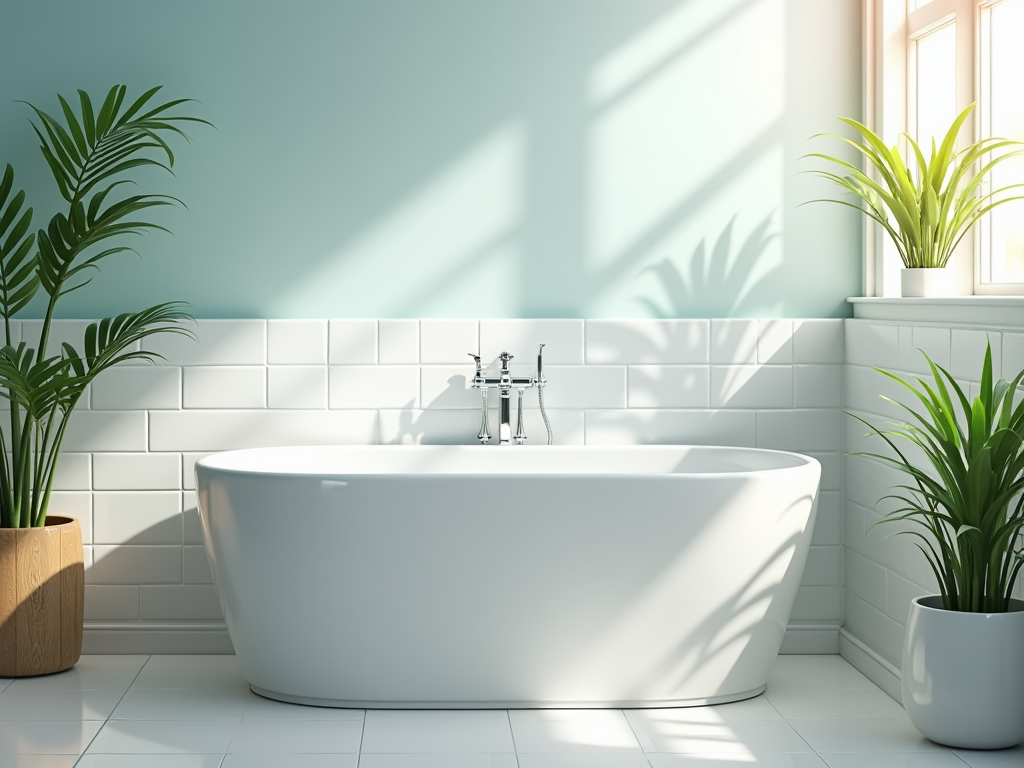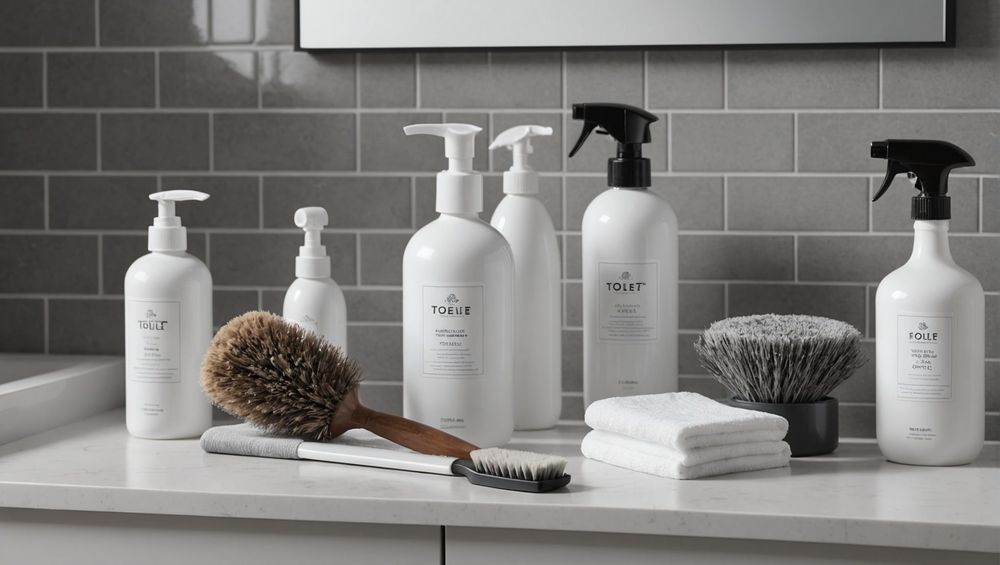Cleaning with vinegar and baking soda is a popular DIY approach among homeowners, but is it effective? According to experts, these two household staples can serve specific cleaning purposes, but they should be used wisely to avoid counterproductive outcomes. This article explores when and how to use vinegar and baking soda for cleaning, the science behind their effectiveness, and tips from professionals to get the most out of these common ingredients.
The Power of Vinegar in Cleaning
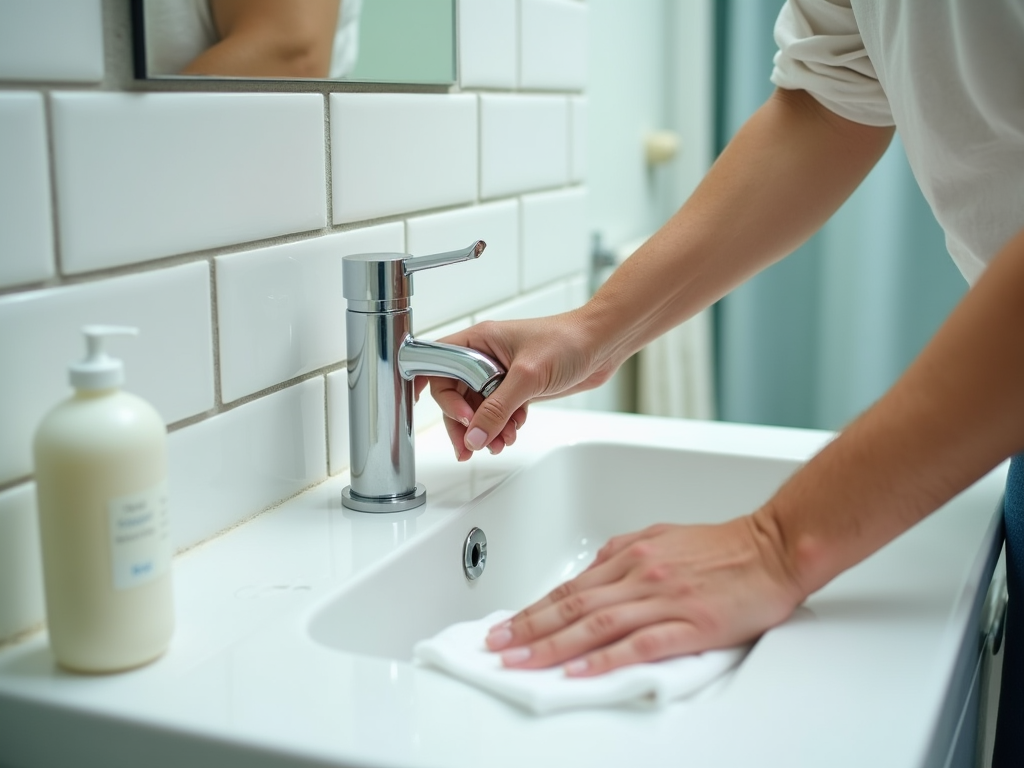
Vinegar is a versatile cleaning agent known for its antibacterial properties. The acetic acid in vinegar helps dissolve mineral deposits, grime, and bacteria, making it ideal for various cleaning tasks. Here’s a closer look at what vinegar can do:
- Deodorizing: Vinegar can neutralize odors, making it great for garbage disposals and refrigerators.
- Descaling: It can effectively remove hard water stains from faucets and showerheads.
- Disinfecting: Vinegar has mild antibacterial properties, which can help clean surfaces.
- Stain Removal: It can aid in lifting stains from fabrics when diluted correctly.
However, it’s important to note that vinegar should not be mixed with bleach, as this can produce toxic chlorine gas. Additionally, its effectiveness varies with the surface type; it works best on non-porous materials.
Baking Soda: The Gentle Abrasive
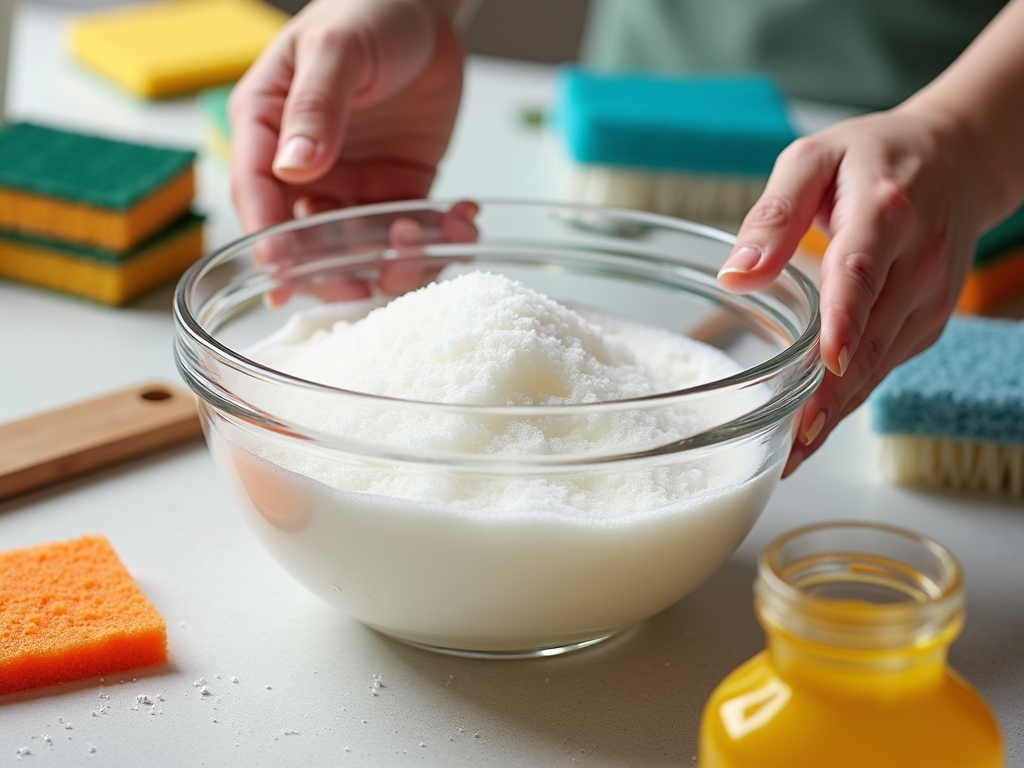
Baking soda, or sodium bicarbonate, acts as a mild abrasive that can scrub surfaces without scratching them. Its alkaline nature allows it to neutralize acids, making it excellent for specific cleaning tasks. Here’s a breakdown of baking soda’s cleaning benefits:
- Odor Absorption: Baking soda effectively absorbs unpleasant odors, making it ideal for use in refrigerators or litter boxes.
- Stain Lifting: It can lift stains from carpets and upholstery when used in a paste form.
- Unclogging Drains: When mixed with vinegar, it can help dislodge minor clogs. This combination creates a foaming action that can alleviate buildup.
- Cleaning Appliances: It’s safe to use on surfaces like ovens and microwaves for tough grime.
While baking soda is safe for most surfaces, it’s important to do a spot test on delicate materials to avoid any potential scratching or damage.
Many cleaning enthusiasts combine vinegar and baking soda in their cleaning regimens, but is it effective? The reaction between these two ingredients creates carbon dioxide gas, causing a fizzy effect. This reaction can help dislodge dirt and grime in certain situations. However, using them together can also neutralize their cleaning powers, making them less effective as individual agents. Therefore, it is generally recommended to use them separately for optimal results. Here’s a guide to using them correctly:
- Use vinegar for its deodorizing and descaling qualities.
- Use baking soda for scrubbing and stain removal.
- For clogged drains, pour baking soda down first, followed by vinegar. Wait for the fizzing to subside, then flush with hot water.
Expert Tips for Using Vinegar and Baking Soda
In the quest to clean effectively with vinegar and baking soda, experts have shared some valuable insights. Here are some tips to maximize their benefits:
- Test Surfaces: Always test on a small, inconspicuous area, especially for sensitive surfaces like marble or granite.
- Use Diluted Vinegar: For cleaning surfaces, it’s often more effective to dilute vinegar with water to minimize scratches and enhance cleaning action.
- Store Properly: Keep these ingredients in a cool, dark place to maintain their potency.
- Follow Up with Water: After using either ingredient, rinse the cleaned surface with water to remove any residue.
- Pair with Other Ingredients: Consider combining them with essential oils for added fragrance and enhanced cleaning power.
These tips will ensure you maximize the effectiveness of vinegar and baking soda in your cleaning regimen.
Conclusion
Cleaning with vinegar and baking soda can be highly effective when utilized correctly and separately. Both have unique properties that make them invaluable in a household cleaning toolkit. By understanding what each can achieve and following expert tips, you can enhance your cleaning routine without relying on harsh chemicals. Remember, while they can tackle a variety of cleaning tasks, knowing when and how to use these ingredients is key to achieving the best results.
Frequently Asked Questions
1. Is it safe to mix vinegar and baking soda?
While mixing them produces a fizzy reaction that can help with cleaning, it neutralizes both ingredients’ effectiveness. It’s better to use them separately.
2. Can I use vinegar on all surfaces?
Vinegar should not be used on natural stone surfaces like granite or marble, as it can cause etching. Always test on a small area first.
3. What is the best way to use baking soda for carpet stains?
Make a paste with water and apply it to the stain. Let it sit for a few hours before vacuuming it up for best results.
4. How can I deodorize my refrigerator with vinegar?
Soak a cloth in vinegar and place it in the fridge for a few hours or wipe down the interior surfaces with diluted vinegar to neutralize odors.
5. Can vinegar and baking soda help with clogged drains?
Yes, pour baking soda down the drain first, followed by vinegar. Allow the fizzing reaction to work for a while, then flush with hot water for the best effect.
